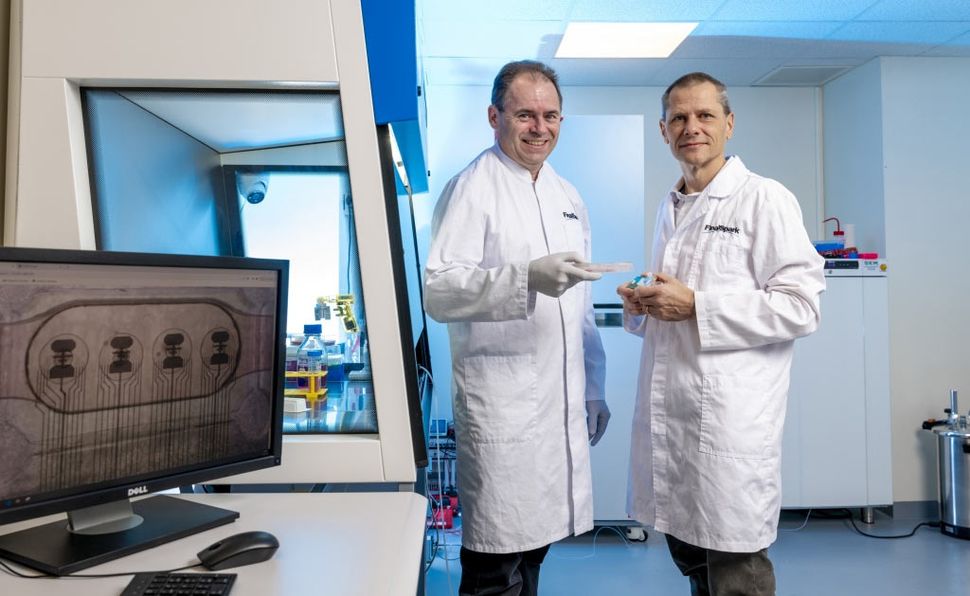Neuroplatform incorporates brain tissue with traditional circuitry and hardware
A Swiss startup claims to have created the world’s first “bioprocessor” by integrating human brain tissue into a digital processor.
FinalSpark claims that its Neuroplatform will “consume a million times less power than traditional digital processors” and is capable of learning and processing information.
Neuroplatform uses architecture that mixes hardware, software and biology, otherwise known as “wetware.” The platform contains four multi-electrode arrays (MEAs) which house living brain tissue, or organoids.
Each MEA holds four organoids, interfaced by eight electrodes used for both stimulation and recording, and uses analog convertors for data transfer. The platform contains a life-support system for the living tissue and also monitoring cameras. A special software system allows researchers to enter commands and also read outputs.

While silicon chips can last decades, the living component of a bioprocessor lasts for about 100 days before needing to be replaced. In initial testing, the organoids could only be kept alive for a few hours.
At present, Neuroplatform is being licensed remotely to nine institutions involved in research and development of bioprocessors. In the longer term, FinalSpark’s goal is to produce the world’s first fully living processor.
Is This Infowars’ Last Broadcast? Patriots Rally Behind Alex Jones and Crew